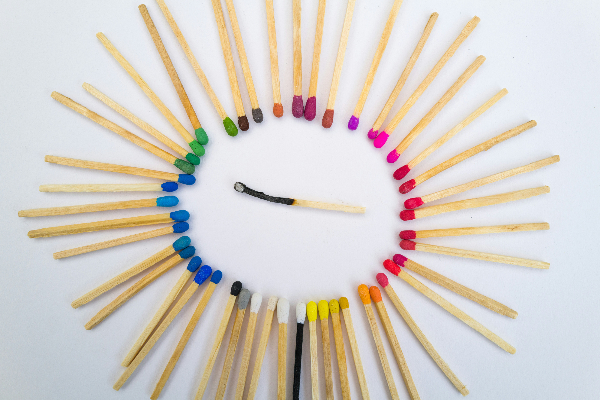3 Steps to Increase Students’ Self-Awareness: Identifying Strengths and Challenges

Last week, I was rereading my research data and came across this amazing quote from one of the teachers. We were discussing the connections between Social Emotional Learning (SEL) and academic achievement.
“I think that SEL is a foundation you need to have before you can get to the academic learning (…) It also reinforces the study skills that they use in order to learn. So knowing their emotions and know their needs has to come first and then it also goes hand in hand with the academic learning when they know their strengths and weaknesses and they can use those in order to learn better.”
We could spend a lot of time analyzing each sentence and seeing how this teacher’s insights speak to your teaching practice, as you are transitioning to the Common Core. However, today I want to focus on the last part of this quote: the importance of being able to identify strengths and weaknesses and using those to learn better. As an adult, I can say that it is not an easy task! Admitting your weaknesses is recognizing that you aren’t perfect… and using them to learn better means that there are certain things that you need to improve. Although this is difficult for adults to do (challenging performance review? Difficult conversation with a spouse/partner?), we often ask students to recognize their challenges, and we send them off to start working on getting better.
Students (and adults) who can identify their strengths will be more likely to build on them to improve their areas of growth; they will probably have a greater motivation and will be more self-confident. Also, working with students on identifying their strengths will help you to know them better, and learn things that they like to do and do well in other parts of their life. This is especially important for students that might be struggling in your classroom, don’t seem motivated or are having a hard time adapting to the new Common Core. You can use their strengths and connect them with the content you teach!
In addition to help students feel more confident and motivated, working with students to identify their strengths will make it easier to talk about their areas of growth, and set up some goals to improve them. Here are 3 suggested steps to talk with your students about strengths and challenges. These activities could be done during morning meeting, check-in time or advisory period.
1. Have students complete a personal inventory. This inventory should ask students to reflect on the things they like to do, the ones that they do well, and others that might be hard and/or boring for them. It should include different aspects of students’ lives, such as school subjects, sports and hobbies, relationships and family. Display these inventories (or a section) in the classroom, a powerful visual reminder that we all have strengths.
2. Help students set up goals based on their strengths. We sometimes tend to set up goals for improvement without reflecting on how our strengths can help us achieve these goals (which might lead to frustration if they aren’t met). When working with students, focus on their strengths as the catalysts for improvement!
3. Refer back to students’ strengths when providing feedback, and check regularly on progress for meeting goals. Students will be more open to hear feedback, if you start a conversation discussing their latest accomplishments or complimenting something they’ve done. Even when you are working with a challenging student, try to start the conversation by saying something positive! And check back with your students on their goals, so you can help them rephrase or adapt depending on the progress.
Helping students identify their strengths is a great way to build motivation, self-confidence and a closer relationship with your students. Creating a personal inventory with students, setting up goals based on strengths and using students’ positive attributes when providing feedback will help build self-awareness in your students, and develop stronger learners. How do you use students’ strengths in your classroom? Please share your thoughts!
Subscribe to the HEART in Mind Newsletter
Research-Based Strategies for your SEL Toolbox









